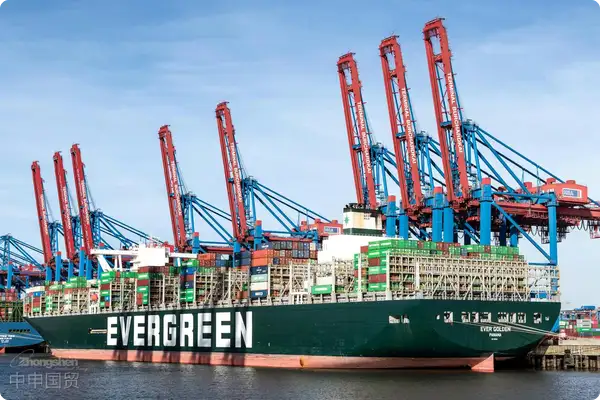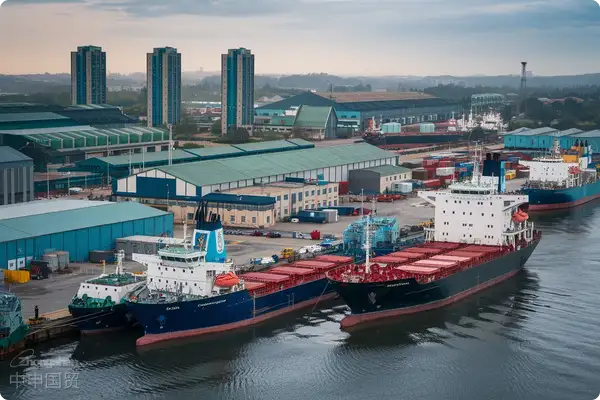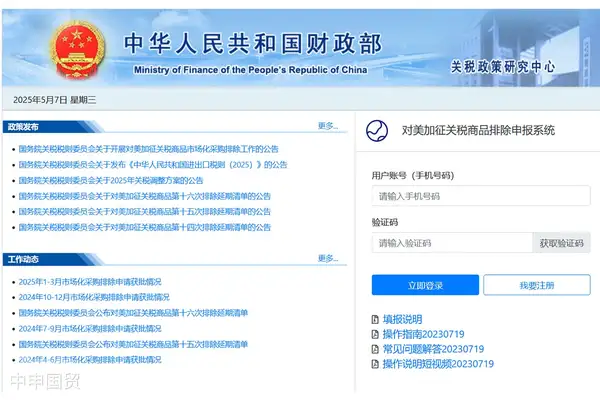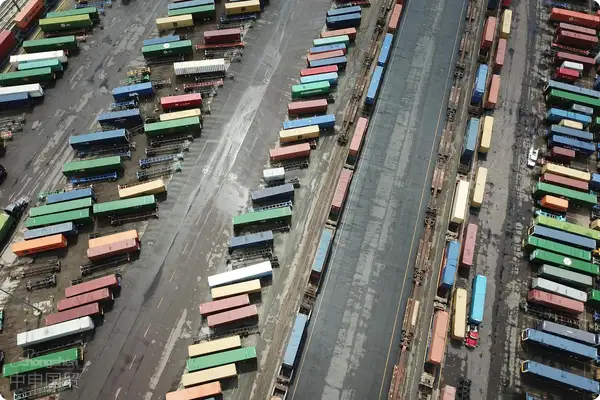- Shanghai Zhongshen International Trade Co., Ltd. - Two decades of trade agency expertise.
- Service Hotline: 139 1787 2118
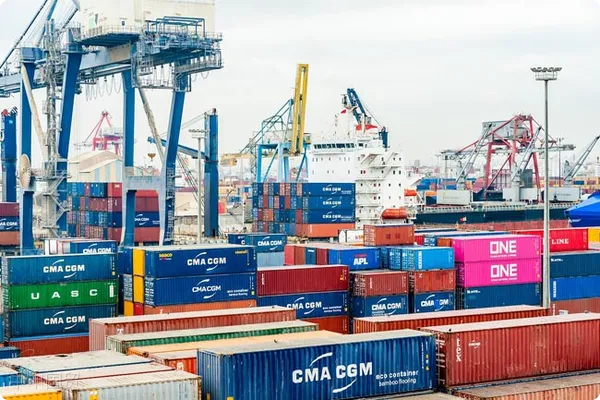
I. Three core pain points in outdoor equipment import market
Global outdoor sports market size is projected to exceed 300 billion USD by 2025. Chinese buyers commonly face the following challenges in cross-border procurement:
- Product classification disputes
- HS code determination differences for multifunctional equipment
- Tax rate distinctions between electromechanical products and ordinary equipment
- Classification update delays caused by new material applications
- Market access qualification barriers
- Dual standards of CE certification and FCC certification in European and American markets
- Special testing requirements for Japanese PSE certification
- Equivalence recognition of Chinese GB testing standards
- Supply chain response delays
- Peak season supply cycles extending beyond 90 days
- LCL damage caused by separate parts transportation
- Quality monitoring blind spots from multi-port transshipment
II. Differentiated solutions from professional agents
To address industry pain points, premium agency service providers should possess the following core competency matrix:
- Pre-classification database
- Database covering 5000+ outdoor product standard classification cases
- Dynamic database synchronized with customs systems
- Disputed Goods Pre-Ruling Application Channel
- Qualification Certification Network
- Direct Cooperation Channel with EU Notified Bodies
- Localized Inspection Service for US Laboratories
- Fast-Track Certification Mutual Recognition Among China, Japan, and South Korea
- Flexible Supply Chain System
- Emergency Stocking Mechanism in Major Port Bonded Warehouses
- Intelligent Sorting System for Modular Packaging
- Hazardous Material Transportation Solution with Full-process Temperature and Humidity Monitoring
III. Standard Process for Agency Import in 2025
Eight-Step Operation Method Optimized Based on Latest Trade Policies:
- Demand confirmation stage
- Standardized Archiving of Product Technical Parameters
- Verification of Target Market Access Requirements
- Supplier Screening Phase
- Online Verification of Manufacturer Export Qualifications
- Remote Compliance Audit of Production Systems
- Logistics Solution Phase
- Cost-Benefit Analysis Model for Sea-Air Combined Transport
- Pre-application for Special Goods Transport Permits
- Customs Clearance Execution Phase
- AEO-certified enterprise fast clearance channel
- Emergency Handling Plan for Classification Disputes
IV. Industry Development Trend Forecast for the Next Three Years
Three Key Focus Areas for 2025:
- Smart Equipment Regulatory Upgrades
- Data Security Certification for IoT Devices
- Unmanned EquipmentAir TransportationSpecial Permits
- Emergency Supply Chain Construction
- Establishing Regional Safety Stock Systems
- Developing Alternative Procurement Source Databases
- Deep Utilization of Tariff Preferences
- Rules of Origin Accumulation under RCEP Framework
- China-EU Geographical Indications Product Mutual Recognition List
The value of professional agency service providers lies not only in solving current customs clearance challenges, but more importantly in helping purchasers establish risk early warning mechanisms through supply chain data accumulation. It is recommended that enterprises focus on three core indicators when selecting partners: industry database update capability, stability of customs expert teams, and completeness of emergency plans.
Related Recommendations
? 2025. All Rights Reserved. Shanghai ICP No. 2023007705-2  PSB Record: Shanghai No.31011502009912
PSB Record: Shanghai No.31011502009912
